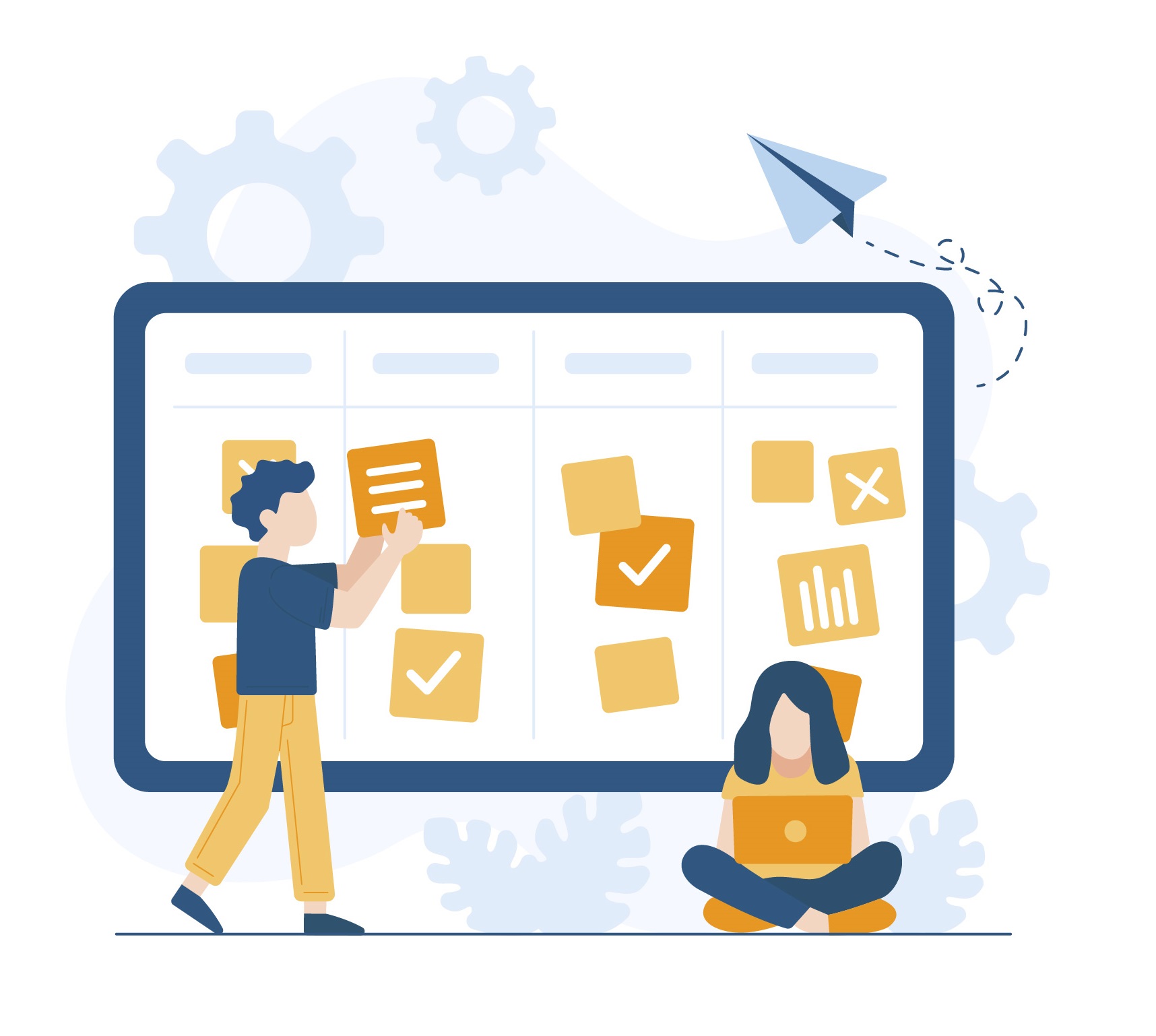How to Use AI to Automate Tasks and Save Time
As the world of technology continues to evolve, AI has become a major focus of research and development. One of the primary benefits of AI is its ability to automate tasks and save time, making it an attractive option for businesses and individuals alike. In this article, we will explore the various ways in which AI can be used to automate tasks and save time.
1. Identify Tasks That Can Be Automated
The first step to automating tasks with AI is to identify which tasks can be automated. This can include tasks such as data entry, report generation, customer support, and many others. By identifying tasks that are repetitive and time-consuming, you can determine where AI can be most effective in saving time.
2. Choose the Right AI Tool
Once you have identified the tasks that can be automated, the next step is to choose the right AI tool for the job. There are many AI tools available today that can help you automate tasks, including chatbots, robotic process automation (RPA), text generation and natural language processing (NLP) tools. It is important to choose the tool that best fits your needs and is the most efficient at completing the task at hand.
3. Train the AI Tool
Before you can start automating tasks with AI, you need to train the tool to perform the task correctly. This involves providing the tool with the necessary data and instructions to perform the task. The tool needs to be trained to understand the task and its objectives so that it can perform it efficiently and accurately. This process may require some trial and error to get the best results.
4. Monitor and Evaluate
Once the AI tool is up and running, it is important to monitor and evaluate its performance to ensure that it is working as expected. This can involve setting up alerts or notifications to track the tool’s performance, as well as conducting regular reviews to identify areas for improvement. It is essential to ensure that the AI tool is performing as intended and producing the desired outcomes.
5. Continuously Improve
Finally, it is important to continuously improve the AI tool to ensure that it is providing the best possible results. This can involve updating the tool’s algorithms or providing additional training data to improve its accuracy and efficiency. It is important to analyze the results that are produced by the tool and use that information to make changes that can enhance its performance.
Pros and Cons of Using AI for Task Automation
Some benefits of using AI to automate tasks include:
- Efficiency: AI can complete tasks much faster than humans can, which can save time and increase productivity.
- Consistency: AI is capable of performing tasks with a high degree of accuracy and consistency, reducing the risk of errors and inconsistencies.
- Cost savings: By automating tasks with AI, businesses can save money by reducing the need for human labor.
However, there are also some challenges to using AI to automate tasks, such as:
- Complexity: AI tools can be complex and require specialized knowledge to implement and manage.
- Dependence: Over-reliance on AI tools can lead to a lack of critical thinking and creativity, which can limit innovation.
- Privacy concerns: The use of AI to automate tasks can raise privacy concerns, particularly in regards to data collection and analysis.
Conclusion
In conclusion, AI is a powerful tool that can be used to automate tasks and save time, but it is important to approach automation with caution and ensure that the tool is properly trained and monitored. By identifying tasks that can be automated, choosing the right AI tool, training the tool, monitoring and evaluating its performance, and continuously improving the tool, businesses and individuals can use AI to streamline their work processes and achieve their goals more efficiently.







